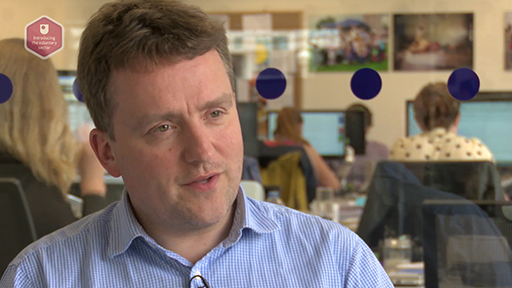5 Understanding differences within the voluntary sector

So far this week you have considered the voluntary sector overall and the differences within the sector have also been emphasised and are obviously very important. We started by suggesting that if you work or volunteer for a small organisation with limited funds, your experience could be very different from that of people working in a large organisation. However, in reality, there may be more similarities than you would expect.
In the following activity, Karl Wilding from NCVO talks about differences (as well as similarities) within the voluntary sector.
Activity 7 Focusing on differences and similarities
Watch the video of Karl Wilding and list the differences and similarities he mentions.

Transcript
Comment
Karl says that the differences within the sector are as noticeable as the differences between sectors. He highlights the different business models – for example, organisations based on fundraising or legacies; income generation or government contracts; paid staff or volunteers. Size is a further source of difference.
In terms of similarities, Karl mentions the source of income for voluntary organisations: most receive donations.
Geographical differences
A further aspect of difference relates to geography and this is an area that interests researchers as well as policy makers. Milligan and Conradson (2006, p. 3) raise various questions about this: how and why does voluntary activity develop in different ways in different places? To what extent do the different social, historical and political contexts within which
The geography of the voluntary sector refers to differences by location and place. Issues of interest focus on urban and rural differences as well as regional differences. Even within one town, differences can be uncovered (and you will explore this by looking at micro-mapping in the next section).
Researchers interested in geographical differences explore different elements of voluntary activity, many of which relate back to the bigger data you have examined this week. The distribution of voluntary sector employment (i.e. where the voluntary sector jobs are located) is of particular interest to researchers:
There is also policy and academic interest in the distribution of third sector employment. For example, does employment in this sector simply follow the pattern of the private sector of the economy, characterised by the dominance of London with its concentration of corporate headquarters? If so, would such a distribution be appropriate for employment in a sector where many large organisations receive donations from the whole country? To what extent can the third sector help to relieve unemployment in the more disadvantaged areas of the country?
Although these authors’ research was based on English regions, the questions they raise could apply to all of the UK. In the next section, you explore ‘micro-mapping’, which brings together issues relating to geography, difference and data.
